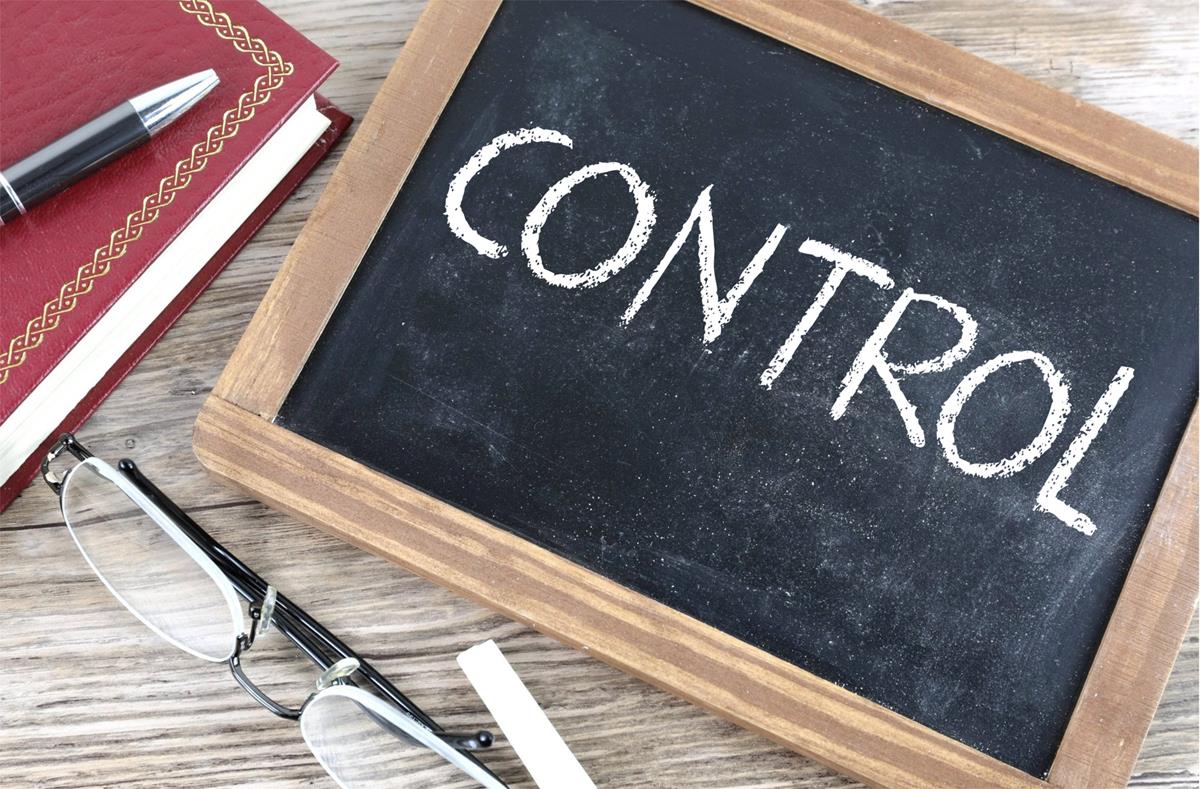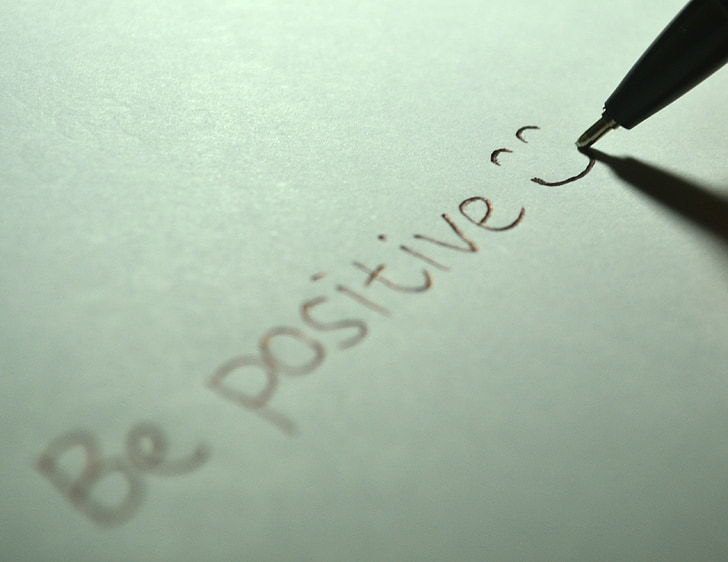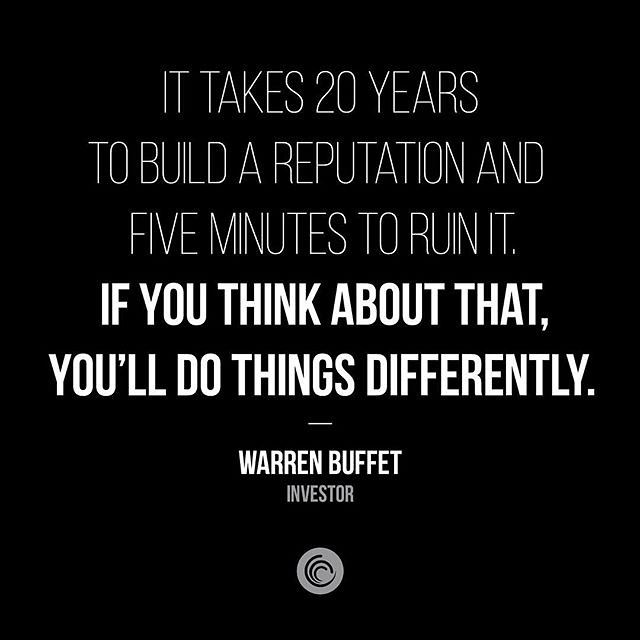Creating art is an incredible passion and talent, but it comes with needing to seek feedback and criticism to help improve. Unfortunately, social media can bring a lot of negative feedback—but this can be used as an opportunity to learn and grow. In this article, we’ll be discussing how artists can use negative feedback from social media to improve their work and navigate the online world with poise.
1. Anticipate and Prepare for Negative Feedback
Dealing with negative feedback can be difficult, so it pays to anticipate and prepare for it. Being proactive can help keep your cool and ensure that your response is professional, no matter how difficult it is to hear. Here are some useful tips to follow:
- Be ready to listen – Make sure to stay open to what is being said, no matter how negative. Don’t be closed off to hearing different opinions.
- Take note – If the feedback is delivered in person, jot down some notes as soon as possible. This way, you can refer back to the feedback at a later time.
- Be prepared to answer – Once the feedback has been delivered, ask appropriate clarifying questions to clarify your understanding.
It’s important to focus on the actionable aspects of the feedback. While it’s natural to have a defensive reaction, aim to keep the conversation as productive as possible. Try to find the practical improvements you can make or the ways you could learn and grow from the experience. Remember the importance of responding courteously and professionally.

2. Responding to Criticism Gracefully
Being on the receiving end of criticism isn’t a pleasant experience. However, it’s important to remember that criticism can often be a springboard for growth and improvement. , regardless of your opinion of it, is a skill that needs to be cultivated. Here are a few tips on how to respond to criticism in a productive and graceful manner:
- Pause: Before responding to criticism, take a few moments to pause and assess the situation. This will help you to control any knee-jerk reactions or words that may come out of the heat of the moment.
- Take ownership: Once you’ve assessed the situation, own what you did and take responsibility for your actions. Acknowledge the person’s feelings and thank them for taking the time to share their thoughts with you.
- Reframe: Reframe the criticism and focus on the positives that can come out of it. This will help to soften the situation and turn criticism into proactive feedback. Ask a few questions for clarification and listen intently to the response.
- Make changes: Depending on the situation, evaluate if further changes can be made after the criticism is taken into account. If the criticism was shared in an appropriate manner, it can help constructively shape and mold your behavior and ultimately make it better.
Finally, whatever your reaction may be to criticism, remember to remain respectful and professional. This may require you to dig deep and rely on the power of humility. Criticism can help you build resilience and strength if handled well. Keep these tips in mind when responding to criticism and you are sure to come out as a more confident and graceful individual.

3. Taking Positive Action After Critique
When you receive critique of any kind, it’s easy to focus on the negative and take it personally. It’s important to remember that accepting criticism is a good thing, as it can help you develop and improve your skills. is the best way to look at the feedback and move forward in a constructive manner.
The first step to taking positive action is to remain open-minded. Though it may feel like you can’t disagree with critique, evaluate it and decide how best to benefit from it. Consider any changes that can be made to better your work.
- Ask Questions – If the critique befuddles you, don’t be afraid to ask questions for clarification or elaboration.
- Take Action – Once you have a good understanding of what needs to be done, set out to do the work required.
It’s important to stay persistent. It’s likely that getting to where you need to be involves trial and error. Keep at it and stay focused despite any bumps in the road. If you do find yourself feeling doubtful going into it, step away for a short 10 – 15 minute break. You’ll come back more refreshed and motivated.

4. Minimizing Damage to Your Professional Reputation
The presence of information on the internet can be damaging to your professional reputation. Many employers, clients, and colleagues will research you online to assess whether you’re the right fit for a job, project, or partnership.
When it comes to protecting your professional reputation online, here are four strategies you can try:
- Set up a professional website – You control the content you present, and the tone and message of your website. It allows you to show the world the real you and showcase the skills and experience you bring to the table.
- Google yourself –Start by Googling your name and see who and what comes up. This will give you an indication of how you’re perceived online and may highlight content that you would like to manage or remove.
- Manage your online content – Take time to identify online conversations, reviews, and comments related to you and positively contribute to them. This can help to keep potentially negative content from appearing.
- Be cautious about what you post – Before you post and share content online, think about whether it is something that could damage your professional reputation. Ensure that anything you post is respectful. This will not only ensure that your professional reputation remains intact, but it can also help you make positive connections.
The Way Forward
No matter how established or up-and-coming you are, negative feedback is a part of life as an artist. It’s important to use it as an opportunity to learn and grow, while also acknowledging the parts of your work that have found success and delighted people. By heeding the advice in this article, you can get ahead of the game and continue to produce art that connects with you and your fans in meaningful ways.

